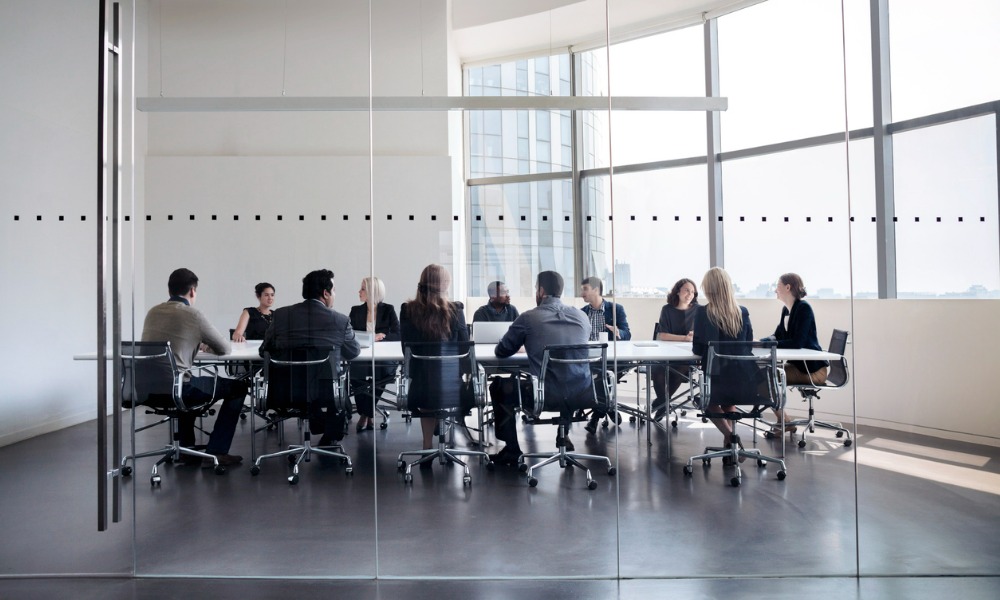Enabling a ‘flow state for employees is one way to keep employees engaged, present, and high performing. However, HR research and advisory firm McLean & Company cautions that an organization cannot fabricate a flow state out of components. Instead, it needs to establish a pattern of behaviours and work triggers that can influence and stimulate individuals and teams to experience a flow state.

Flow state keeps employees engaged
Enabling a ‘flow state for employees is one way to keep employees engaged, present, and high performing. However, HR research and advisory firm McLean & Company cautions that an organization cannot fabricate a flow state out of components. Instead, it needs to establish a pattern of behaviours and work triggers that can influence and stimulate individuals and teams to experience a flow state.
The challenge is that organizations often struggle to create a flow-conducive workplace environment. In response to these challenges, its ‘Flow State: A Gateway to Engagement, Performance, and Productivity’ research was designed to assist HR and organizational leaders in their efforts to improve employee engagement, productivity, and performance via flow state enablement.
"Colloquially referred to as being 'in the zone,' a flow state can be experienced by individuals or even teams when they share a mutual commitment, purpose, and common goal," says Janet Clarey, principal director of HR Research & Advisory Services at McLean & Company. "However, it's important to remember that while everyone has the potential to achieve a flow state, not all people achieve flow in the same way. Employees who are neurodivergent, for example, may find it easier or harder to reach and maintain a flow state. What works for one person may not work for another, but organizations can employ certain tactics to support flow state across their workforce."
It outlines three categories of triggers for flow state ‒ psychological, environmental, and social. These triggers can guide employees into the flow state cycle, ultimately leading to improved creativity and innovation, employee engagement, learning and performance, and productivity.
All the triggers do not need to be experienced at once for flow to occur. Certain triggers may also be more influential than others depending on the task and individual or team involved, and others require practice. Leveraging a combination of triggers across the psychological, environmental, and social categories can enable a more flow-conducive workplace and increase the likelihood of employees being able to achieve flow.



